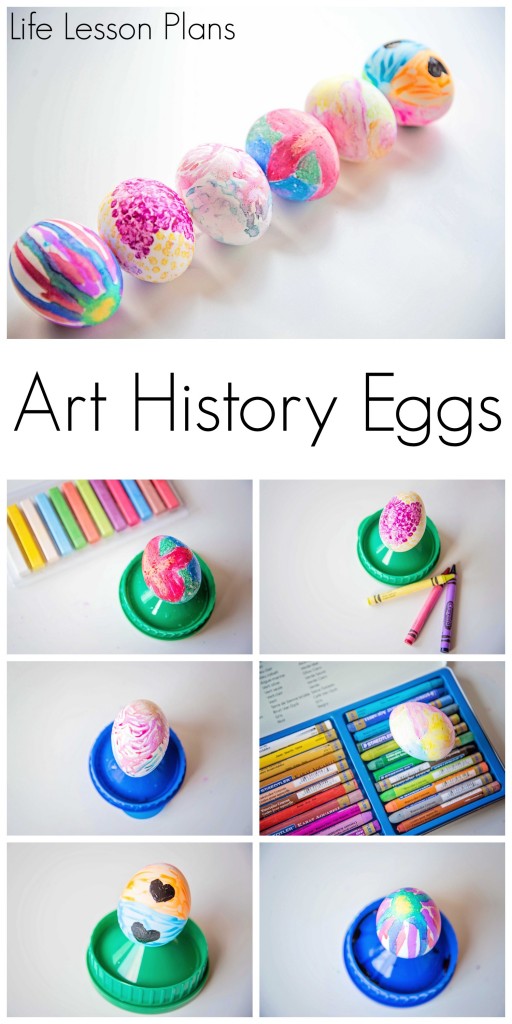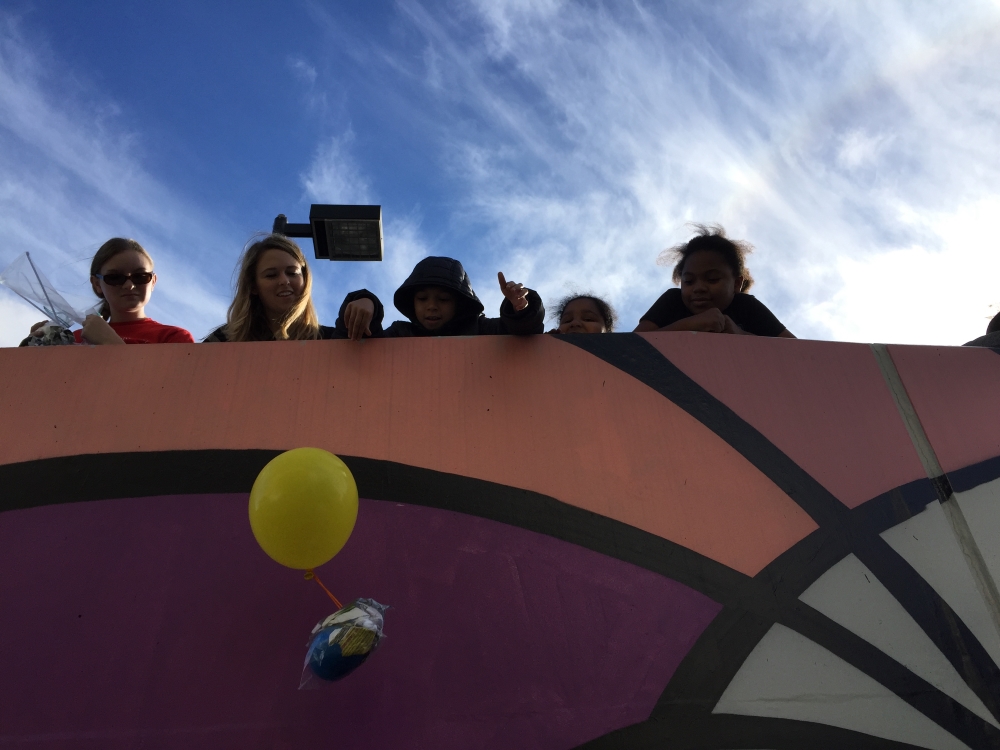
- 6th grade egg drop challenge how to#
- 6th grade egg drop challenge cracked#
- 6th grade egg drop challenge full#
The egg drop challenge is even fun for middle schoolers, high schoolers, or adults. If it is still intact, they can re-seal it and drop it from a greater height. The kids would pack the bag with soft materials, nest the egg inside them, then drop the egg, then check it – is it still intact? If not, they put it back together (that’s why we’re using tester eggs!), re-engineer their container and try again. In our class, for 3 – 6 year olds, we put out tester eggs, quart size or gallon size Ziplocs and a variety of packing materials – Styrofoam peanuts, bubble wrap, cloth, tissue paper, shredded paper, plastic Easter grass, polyester batting, a pump to fill a bag of air, and so on. You can use a very wide variety of materials to make your container and padding. But this may not be allowed in some “competitions.” Developing a protective container Packing materials for 3 – 6 year olds
6th grade egg drop challenge full#
Or, they can test from lower levels first, then take it higher and higher… The ending is pretty much always a container full of squashed egg goo.Ĭlean-Up is easier if you put the raw egg inside a plastic baggy before padding the egg. You might start from a high height for maximum drama.

Once they’ve had several successful test drops with a hard-boiled egg, they can get a raw egg.
6th grade egg drop challenge cracked#
Once they’ve successfully dropped the tester egg several times, they can graduate up to a hard boiled egg – if their padding fails, the eggshell will be cracked and the egg can’t be re-used for more tests, but at least it doesn’t make a big mess of their container. (Or adult teams have been known to drop from a 6th story window…) Hard-Boiled Egg They start each level of testing very cautiously… drop from a few inches up, then a couple feet, then more feet… in the end, you might be dropping off a balcony or throwing against a wall.
6th grade egg drop challenge how to#
Or, you could build a structure from Lego – it’s a good engineering process to figure out how to make it sort of sturdy but sort of fragile. If you don’t have a plastic egg, you could try using another plastic container – I had to put a marble in mine to make it a little more fragile than it was with the lighter weight bouncy ball. If you drop it from a few feet with no padding, it’s guaranteed to break open. But then it’s easily re-assembled for more tests, with no mess. If you drop it from just a few inches, it does fine most of the time (but occasionally breaks even if it’s only from a few inches up). I’ve discovered that if you put a rubber bouncy ball inside of a plastic Easter egg, it has about the same degree of toughness / fragility as a raw egg.


Here are our three stages of testing: Tester Egg Plus, this is a great opportunity to talk about proto-typing and testing a design multiple times with low-cost, low effort materials to make sure you have it right. Partially because it would quickly get expensive and messy. Proto-typing with a tester eggĭo we start by giving the kids a raw egg? We don’t!

The ultimate goal is for kids to create a container that they can put a raw egg in and drop it from several feet and not have the egg break. While not everyone’s egg survived, we did have two students successfully protect their eggs from both drops! All of our students enjoyed this activity and were supportive of each other.This is a fun project, often done in school science programs for all ages. We then had the students individually build devices in order to safely protect their egg from first a 6-foot drop and then a 9-foot drop. We began with a quick lesson about the aforementioned topics, and then showed some videos on what kind of jobs the students could strive for in these fields of study. This past Friday, February 26 th, our 2 nd grade ACE students at NYOS did an egg drop for our Makers Club! We figured it was a good break from our usual projects and it allowed the kids an opportunity to create something themselves while learning about advanced topics like gravity, engineering, and safety.


 0 kommentar(er)
0 kommentar(er)
